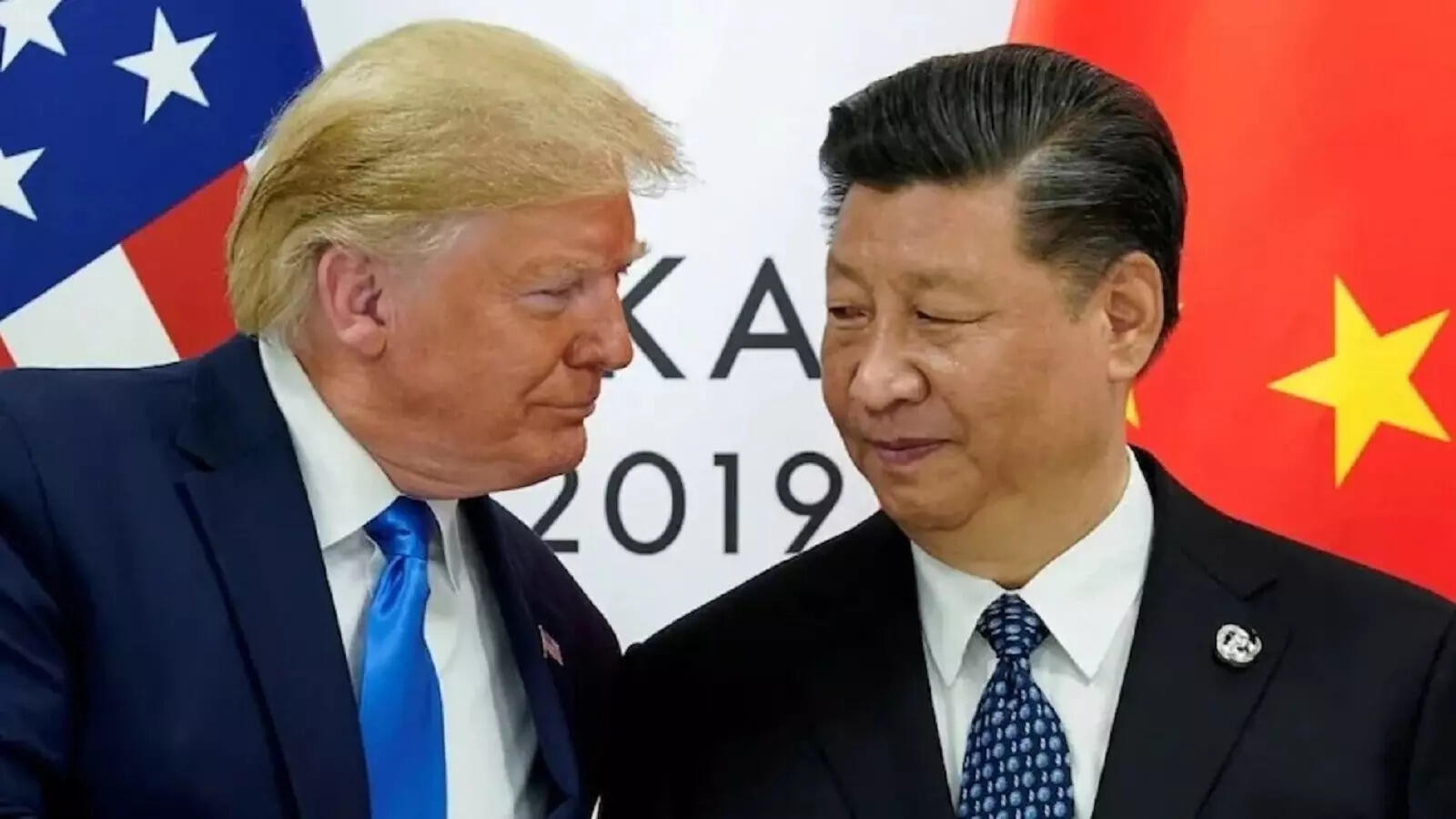The Kerala High Court has ruled that deposits in minor children’s PPF accounts are combined with the guardian’s account for annual deposit limits. Excess interest earned on these over-limit deposits made while the children were minors can be lawfully recovered by the Post Office, clarifying deposit clubbing rules.
Navigating the PPF Landscape: What the Latest Ruling Means for Your Savings
The Public Provident Fund (PPF) continues to be a cornerstone of long-term savings for countless Indians, prized for its safety, tax benefits, and guaranteed returns. It’s a reliable friend in the often-turbulent world of personal finance. But even reliable friends need a bit of a check-up now and then to ensure everything’s running smoothly. Recently, a ruling from the Kerala High Court has brought some nuances of PPF management into sharper focus, particularly concerning investments made in the accounts of minors. Let’s unpack what this means for you and how it might impact your investment strategy.
PPF Investment and Minor Accounts: Understanding the Basics
Before we dive into the legal nitty-gritty, let’s refresh our understanding of how PPF works, especially when it comes to minors. A PPF account can be opened in the name of a minor, with a parent or guardian acting as the manager. This allows families to start saving early for their children’s future, leveraging the power of compounding over a longer period. The current maximum investment limit in a PPF account is ₹1.5 lakh per financial year, and this limit applies across all accounts held by an individual, including those where they are acting as a guardian for a minor.
This is a crucial point. The government’s intention is to prevent individuals from exceeding the overall investment cap by opening multiple accounts in the names of their children. The recent Kerala High Court ruling hinges on this very principle.
The Kerala High Court Ruling: A Closer Look
The core of the issue revolved around the calculation of interest earned on a minor’s PPF account when the total investment across all PPF accounts exceeded the annual limit of ₹1.5 lakh. The court clarified that any investment exceeding this limit would not be eligible for interest. This means if a parent invests ₹1 lakh in their own PPF account and then invests another ₹80,000 in their child’s PPF account, only ₹50,000 from the child’s account will accrue interest, as the total investment (₹1.8 lakh) exceeds the permissible ₹1.5 lakh limit.

The ruling underscores the importance of carefully tracking your PPF investments across all accounts. It’s not enough to simply stay within the ₹1.5 lakh limit per account; you need to consider the aggregate investment across all accounts where you are the primary holder or guardian.
What This Means for Your PPF Investments
So, what are the practical implications of this ruling? Here’s a breakdown:
* Careful Tracking is Key: The onus is on you to meticulously track your PPF investments across all accounts. Maintain a spreadsheet or use an investment tracking app to monitor your contributions and ensure you don’t exceed the limit.
* Prioritize Your Own Account: If you’re nearing the ₹1.5 lakh limit, prioritize maximizing your own PPF account before investing in a minor’s account. Remember, the tax benefits and returns are attractive, but only if you stay within the rules.
* Consider Alternatives: If you’ve already maxed out your PPF investment, explore other investment options for your child’s future. Options like mutual funds, stocks, or even a Sukanya Samriddhi Yojana account (for girl children) can offer attractive returns.
* Review Your Existing Investments: Take some time to review your existing PPF investments, especially if you have multiple accounts. Calculate the total investment made across all accounts and identify any potential excess that might not be earning interest.
Beyond the Ruling: Maximizing Your PPF Returns
Even with this ruling in mind, the Public Provident Fund remains a valuable tool for building a secure financial future. To get the most out of your PPF account, consider these strategies:
* Start Early: The earlier you start investing, the more time your money has to grow through the power of compounding.
* Invest Regularly: Consistent contributions, even small ones, can make a big difference over the long term.
* Reinvest the Interest: When the interest is credited to your account, don’t withdraw it. Let it compound to maximize your returns.
* Understand the Lock-in Period: The PPF has a 15-year lock-in period, but partial withdrawals are allowed after 7 years under certain conditions. Understand these rules to avoid any surprises. See our article on [long-term investment strategies](https://example.com/long-term-investing) for further insights.
Your Financial Future and the Public Provident Fund
The Kerala High Court ruling serves as a timely reminder to stay informed and proactive about your PPF investments. By understanding the rules and diligently tracking your contributions, you can ensure that your savings are working optimally for you and your family. The PPF remains a valuable tool, but like any tool, it requires careful handling to achieve the desired results. Keeping abreast of evolving regulations and adapting your strategy accordingly is the key to harnessing the full potential of this popular savings scheme and securing your financial future.






